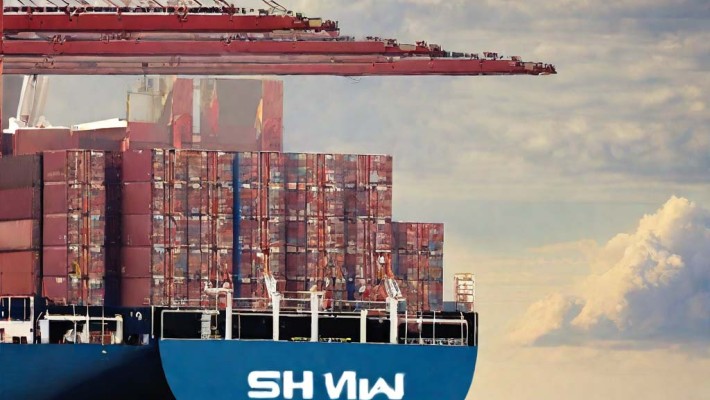Freight Forwarder Insights
Huin International Logistics Latest Articles
Unlocking the Potential of China Ocean Carriers
Introduction
As the world's second-largest economy and a dominant player in global trade,
China's ocean carriers play a crucial role in facilitating the movement of
goods and shaping the future of international shipping. With a strong emphasis
on innovation, infrastructure development, and strategic partnerships, China
Ocean Carriers are poised to sail through the challenges of the future and
emerge as a force to be reckoned with on the global stage.
Investment in Innovation and Technology
China's ocean carriers have been quick to recognize the transformative
potential of technology in the maritime industry. Embracing automation,
digitization, and artificial intelligence, they are paving the way for
efficient operations and enhanced customer experiences. From using blockchain
technology to streamline logistics and supply chain management to deploying
smart containers equipped with IoT sensors for real-time tracking, China is at
the forefront of these technological advancements.
The implementation of these cutting-edge technologies allows China Ocean
Carriers to improve operational efficiency, reduce costs, and enhance
visibility throughout the entire shipping process. By harnessing big data
analytics and predictive algorithms, carriers can optimize vessel routes, better
manage inventory, and improve the accuracy of delivery estimates. These
advancements not only ensure faster and more reliable shipping but also reduce
the environmental impact through optimizing fuel consumption and emissions.
Infrastructure Development
China's ambitious Belt and Road Initiative (BRI) has facilitated extensive
infrastructure development both within the country and across the globe. This
has greatly strengthened China Ocean Carriers' capabilities in sea
transportation. Mega-projects such as the expansion of key port facilities and
the construction of dedicated container terminals have enabled carriers to
handle larger volumes and accommodate bigger vessels.
With the development of the Hainan Free Trade Port and the Greater Bay Area,
China Ocean Carriers are presented with unparalleled opportunities for growth
and connectivity. These initiatives will enhance the efficiency of
transshipment and promote seamless integration between road, rail, and sea
transport networks. Such infrastructural advancements bolster China's position
as an international maritime hub, attracting more commercial activities and
fostering greater trade partnerships.
Strategic Collaborations and Alliances
In a globally connected industry, partnerships and alliances are paramount for
sustainable growth. China Ocean Carriers have recognized the importance of
collaboration, resulting in strategic alliances with international shipping
companies, port operators, and logistics providers. These collaborations enable
the sharing of resources, co-investment in infrastructure, and the creation of
integrated and seamless supply chains.
Through strategic partnerships, China Ocean Carriers gain access to new
markets, expand their service offerings, and optimize their capacity utilization.
Additionally, they can tap into the expertise of their alliance partners to
enhance operational efficiency, explore new business models, and navigate
complexities arising from regional regulations and varying customer demands.
These collaborations are instrumental in fostering cross-border trade and
solidifying China's position as a global maritime leader.
Adapting to Environmental Sustainability
Given the pressing need to combat climate change and reduce carbon emissions,
China Ocean Carriers are actively embracing sustainable practices. The industry
has witnessed a shift towards cleaner fuels and more energy-efficient vessels,
while strict regulatory frameworks are being implemented to ensure compliance
with environmental standards.
China's commitment to the development and use of renewable energy, such as wind
and solar power, has the potential to revolutionize the maritime industry. By
integrating alternative energy sources into their operations, ocean carriers
can reduce their carbon footprint and contribute to a greener future.
Additionally, investments in scrubber technologies that effectively reduce
harmful pollutants from exhaust gases serve as another testament to the
industry's commitment to sustainable practices.
Conclusion
The future of China Ocean Carriers is one of unparalleled potential and
continuous growth. Through pioneering innovations, investments in
infrastructure, strategic collaborations, and a strong commitment to
environmental sustainability, Chinese carriers are confidently navigating the
seas of success.
As these ocean carriers set sail into the future, their relentless pursuit of
operational excellence, customer-centricity, and technological innovation will
propel them forward. By leveraging their strengths, partnering with global
industry leaders, and embracing sustainable practices, China Ocean Carriers are
poised to reinforce their dominance on the global maritime stage.
